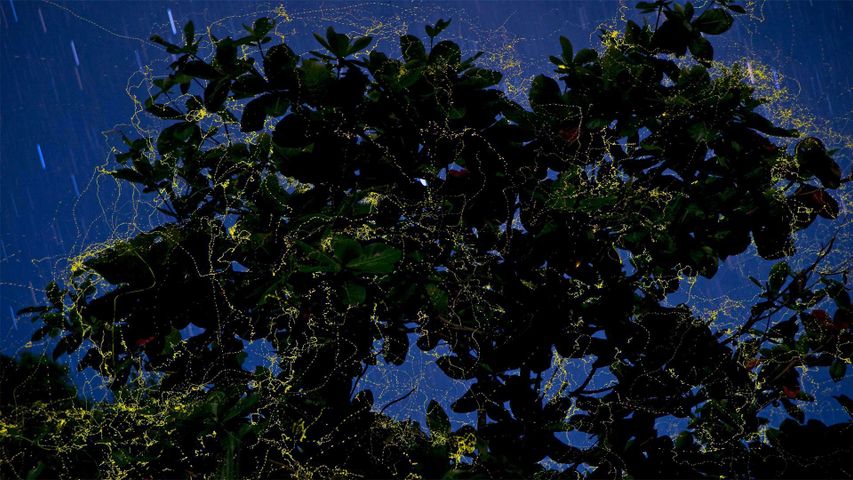Manicouagan Crater in Québec
© Universal History Archive/Universal Images Group via Getty Image
An impactful day
We'll be the ones to drop the news on you: It's Asteroid Day! Today you're invited to explore a realm of science usually encountered only through white-knuckle action flicks: Asteroid impact avoidance, or the study of what the heck we do if we spot a big chunk of space junk hurtling right at Earth. That's right, don't worry: People somewhere are coming up with plans for this.
Good thing, because as our photo shows, asteroid impacts do happen. Manicouagan Crater, aka the 'eye of Québec,' was formed by a 4.8-kilometre-wide meteorite that hit Earth about 215 million years ago. Much more recently, an explosive meteoroid levelled 2,000 square kilometres of Siberian forest in what's called the Tunguska event. It was 113 years ago today, and Asteroid Day's date was chosen in recognition.
So, if you find yourself casting paranoid glances at the sky today, maybe do a little searching on how scientists are learning to prevent potential impacts. Proposed plans involve everything from altering an asteroid's course via a gravitational field, to delaying its approach by attaching rocket thrusters, to good old-fashioned blowing it up. Yay science!
Related Images
Bing Today Images
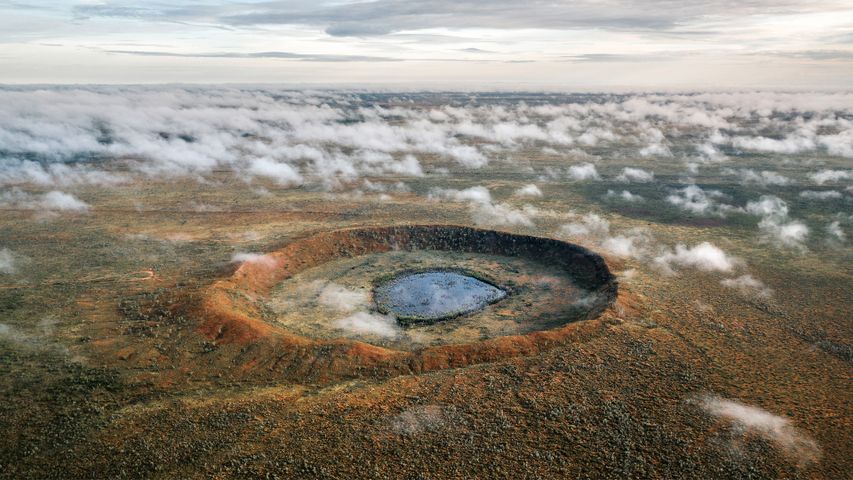
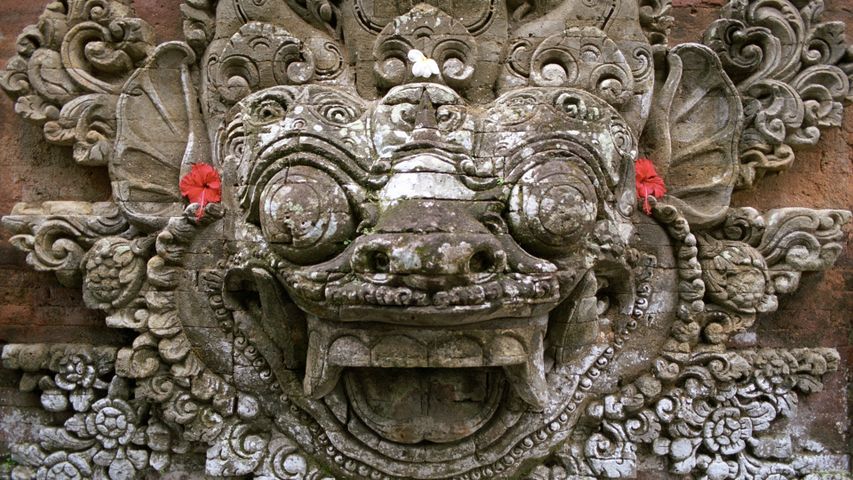
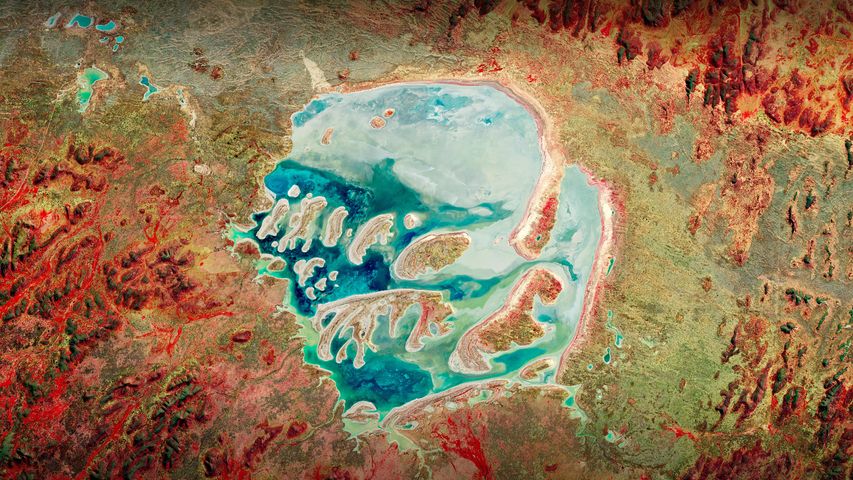
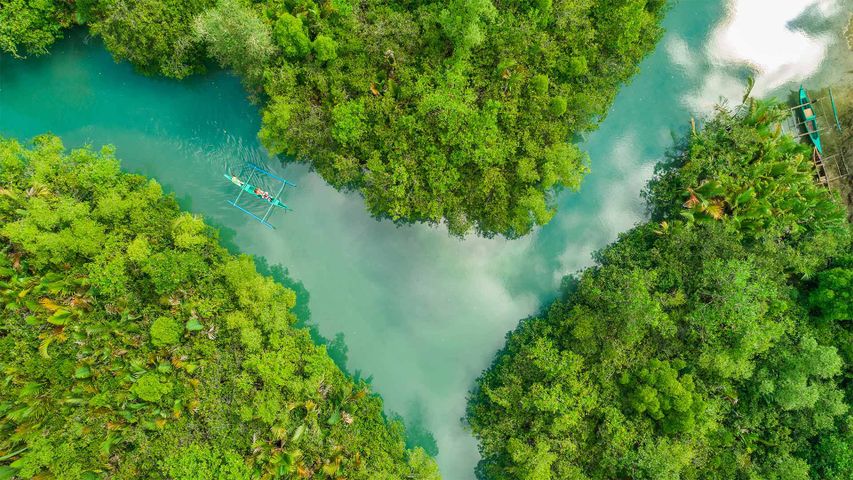
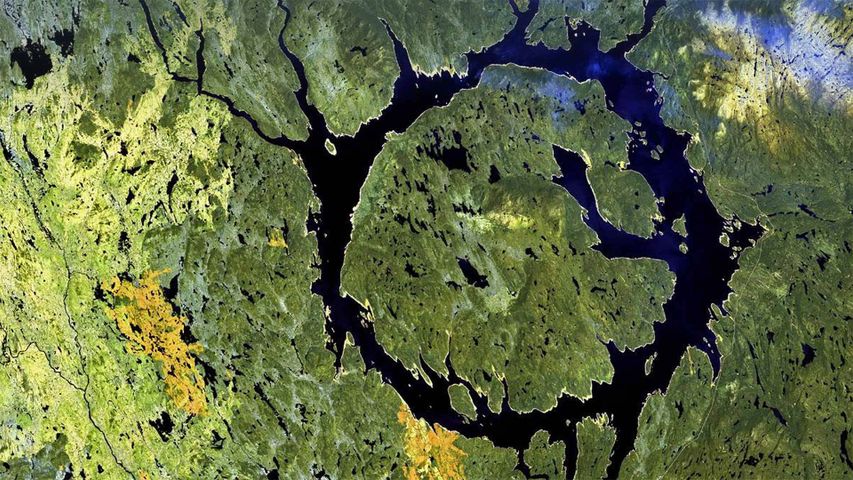
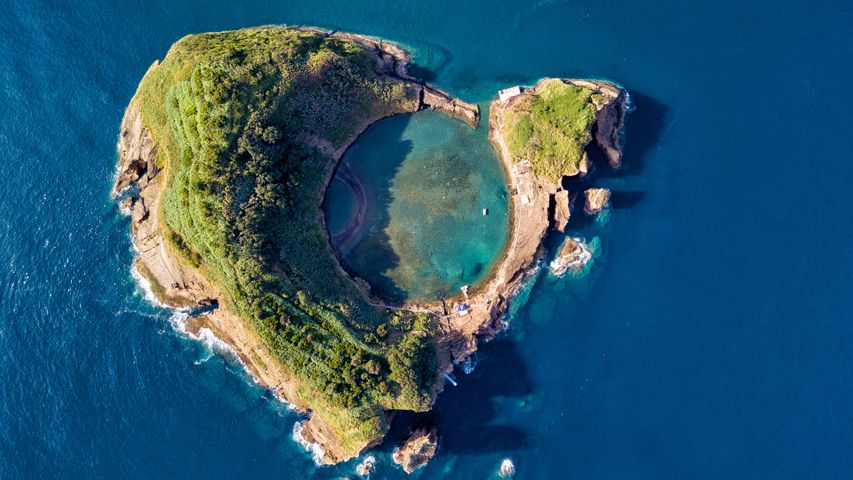 Vila Franca Islet, São Miguel Island, Azores, Portugal
Vila Franca Islet, São Miguel Island, Azores, Portugal
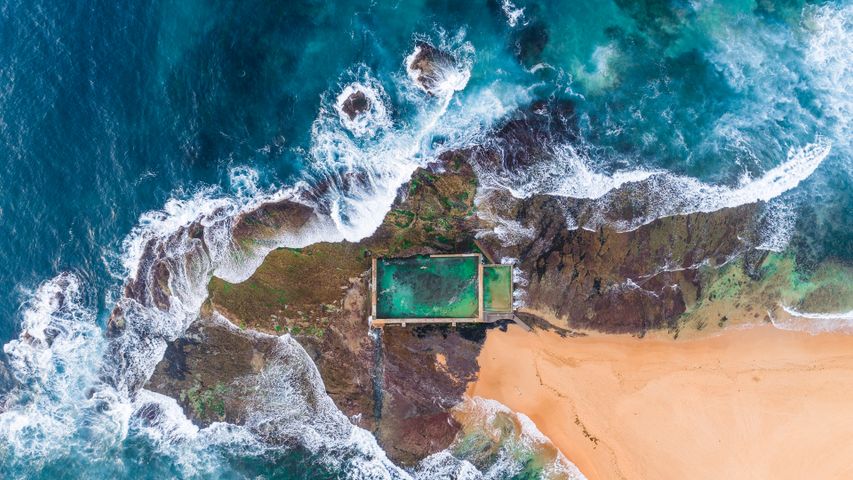 Mona Vale rockpool, Sydney, Australia
Mona Vale rockpool, Sydney, Australia
 Tea garden at Yangjiatang Village, Songyang County, China
Tea garden at Yangjiatang Village, Songyang County, China
 Aerial view of Khao Sok National Park, Surat Thani, Thailand
Aerial view of Khao Sok National Park, Surat Thani, Thailand
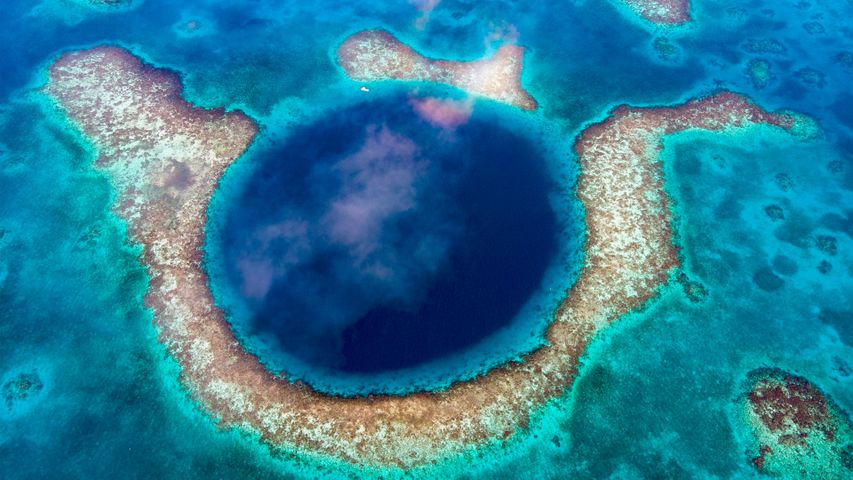 Great Blue Hole, Belize
Great Blue Hole, Belize
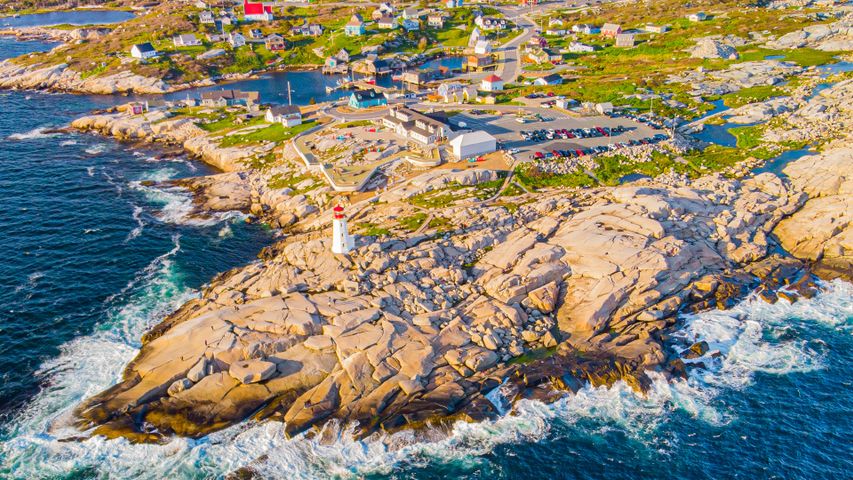 Peggy's Cove Lighthouse, Nova Scotia, Canada
Peggy's Cove Lighthouse, Nova Scotia, Canada
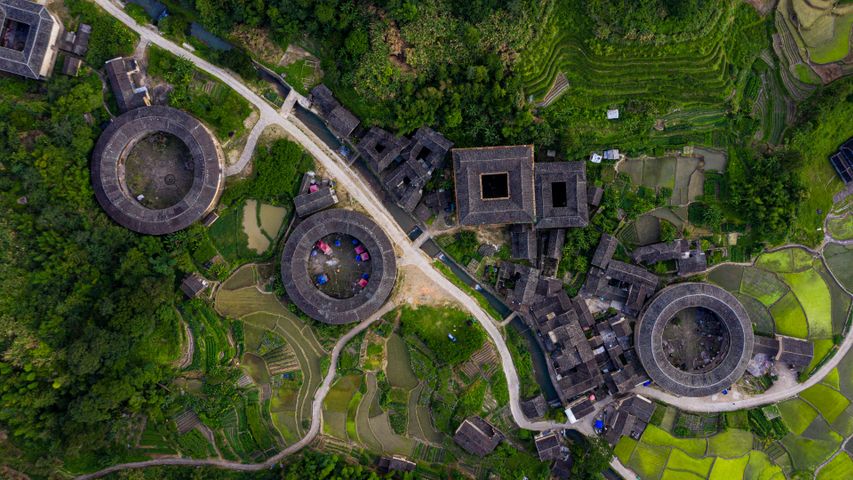 Fujian Tulou complex of historical and cultural heritage buildings in Fujian province, China
Fujian Tulou complex of historical and cultural heritage buildings in Fujian province, China
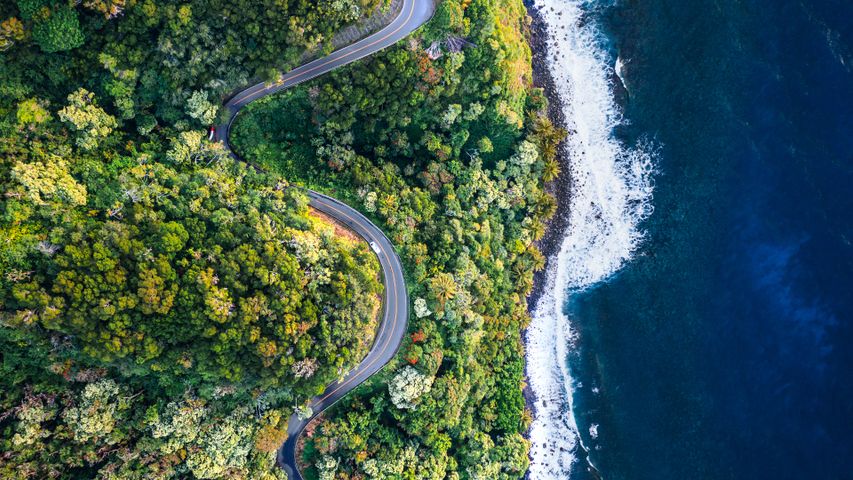 Road to Hana, Maui, Hawaii
Road to Hana, Maui, Hawaii

